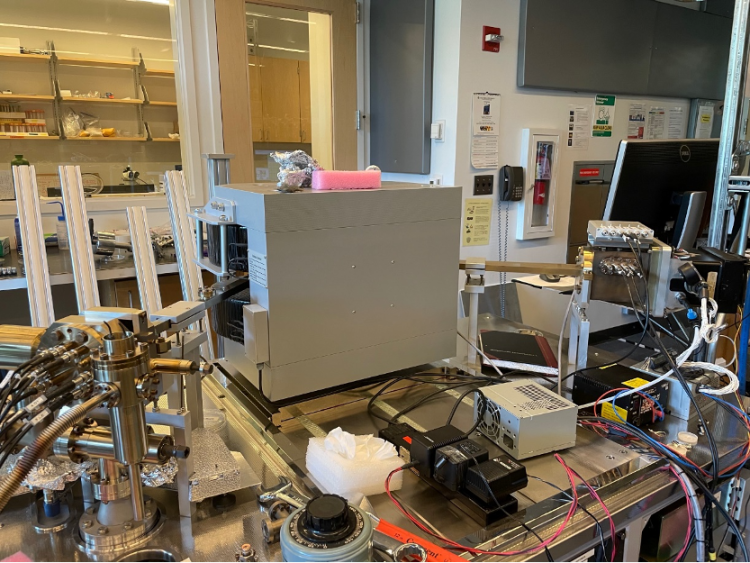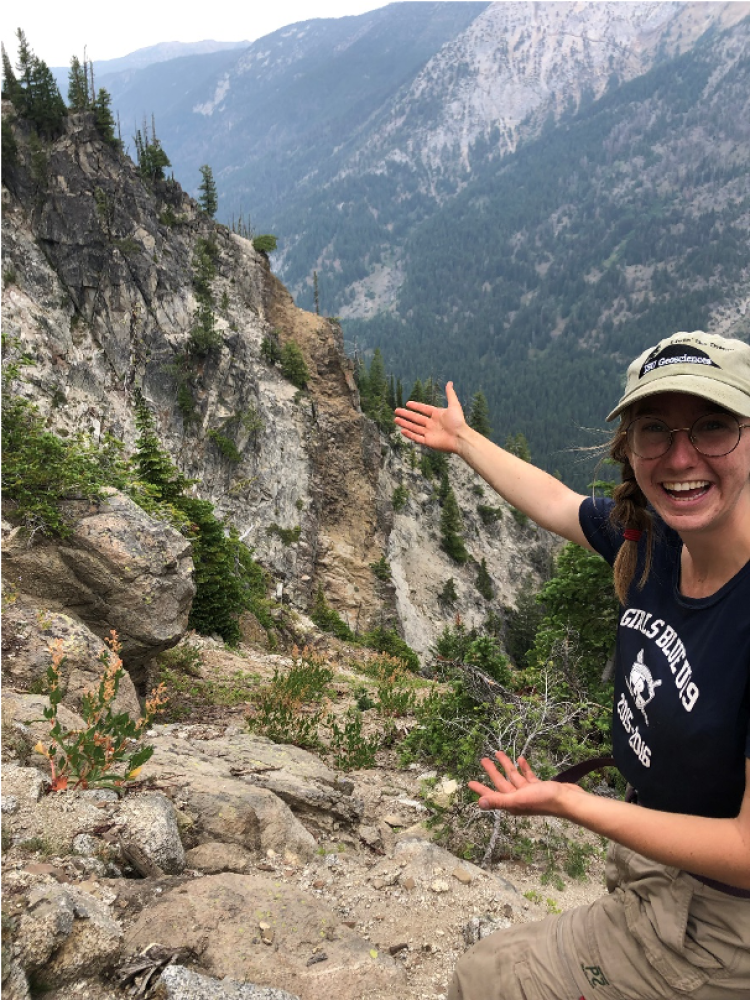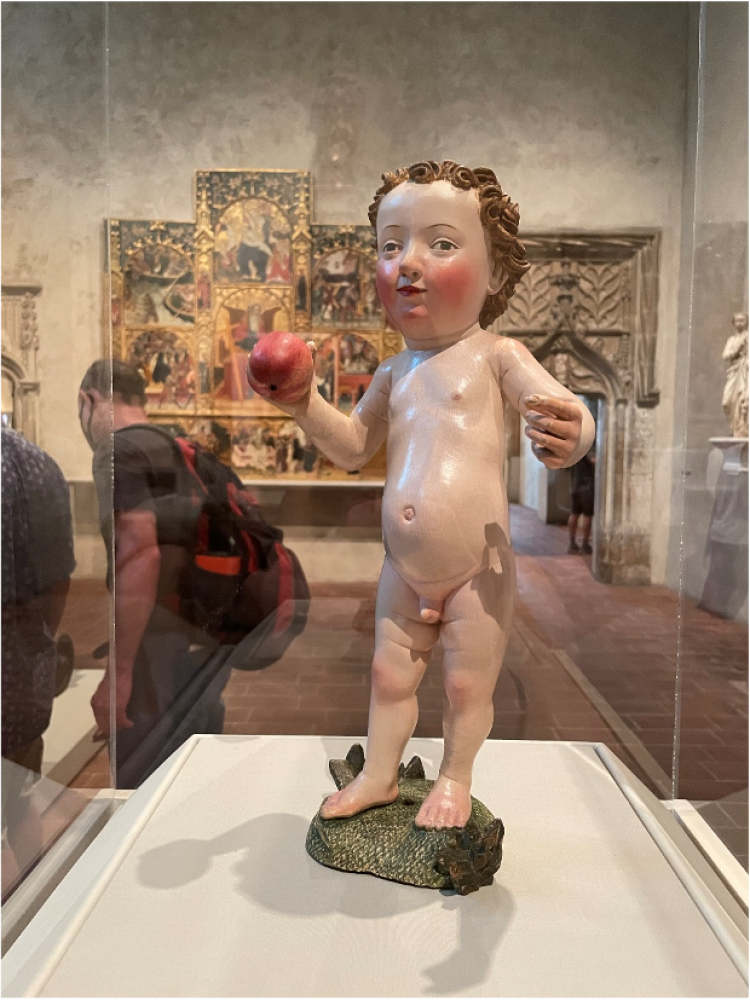Becca Goughnour - Project Profile
2021 AGeS awardee
Lab: Lamont-Doherty Earth Observatory
Lab Mentors: Stephen Cox and Sidney Hemming
What scientific question(s) does your research address and what motivates this work?
What are the timescales over which individual Large Igneous Province (LIP) eruptions occur? Absolute ages from traditional geochronometers have uncertainties of tens of thousands of years and, therefore, lack the temporal resolution necessary for measuring eruption durations. So, rather than using absolute ages to constrain the timescales of individual eruption durations, my research uses the width of a thermal imprint created by a magmatic intrusion to quantify the duration of magma flow during a Columbia River flood basalt eruption. To measure this thermal imprint, I measured multiple thermochronologic ages in the wallrock next to a dike segment that fed a Miocene LIP eruption, and I used a Bayesian MCMC inversion method to determine the duration of magma flow through the dike on the scale of years-decades. Because I am using multiple thermochronometers together to model magma flow duration, this study also allows for a intercomparison of published thermochronometer kinetics; in other words, is our model able to resolve a single thermal history using all of these thermochronometers at the same time? Or is there disagreement between the systems due to the kinetic assumptions we use in the model?
What chronometric tool did you employ and why?
I used biotite Ar/Ar (AGeS funded this analysis), zircon fission track, apatite fission track, zircon (U-Th)/He, and apatite (U-Th)/He thermochronometers to quantify magma flow duration. I chose these chronometers because their source minerals were readily available in the tonalitic wallrock adjacent to the intrusion we were studying. I also chose these chronometers because they spanned a range of temperature sensitivities, which allowed us to investigate which chronometer (or set of chronometers) would be most effective for quantifying magma flow duration.

Figure 1: The beautiful Isotopx NGX multicollector mass spectrometer used to measure ratios of Ar isotopes in our biotite samples. Photo taken at Lamont-Doherty Earth Observatory during my lab visit in 2021.
What were some of the key takeaways of your research?
- All chronometers showed expected resetting behaviors: (1) ages were more reset closer to the dike and less reset further from the dike, and (2) spatial patterns of resetting varied depending on the temperature sensitivity of the chronometer, with biotite Ar having the narrowest zone of reset ages and apatite He having the widest zone of reset ages
- Model results resolved a single thermal history, regardless of which combination of chronometers were used, suggesting that the published kinetics for these systems are reasonably intercalibrated for this kind of thermal history modeling
- All modeling results suggest that the magmatic intrusion we studied supplied magma to a Columbia River flood basalt eruption for 2-11 years

Figure 2: Field work in the Wallowa Mountains of Oregon. Here, I am posing next to the elusive “Moby Dike”—the “white whale” of Columbia River flood basalt dikes. The dike is 9 m wide.
What new experiences, opportunities, and collaborations did you gain as an AGeS-Grad awardee?
To start with, I got to work through the valuable process of collaborating on a grant. This process required a level of scientific communication that I was previously inexperienced in. This communication continued through the entirety of the project, from organizing a lab visit, to interpreting, writing, and presenting our results. In addition to collaborating with my host lab and PI, I was also able to make meaningful connections with other AGeS awardees. I love that this program puts students who are studying and using thermochronology in contact with each other for future collaborations. Finally, thanks to a lengthy lab visit, I was able to see how my biotite Ar ages were generated hands-on, which allowed me to ask questions about things that I probably would not have considered otherwise.
What is one piece of advice you have for future AGeS-Grad award applicants or awardees?
Try to prioritize and budget for a longer lab visit—it will give you more time to learn from your lab PI and other researchers/students in their lab. Additionally, make sure you and your lab PI set expectations for your lab visit—if you would like to be a part of a lab group meeting, or if you want to have more one-on-one meetings, make sure you communicate that ahead of time.

Figure 3: A charming photo taken while exploring museums in NYC. Although there was lots of lab work to do during my visit, I tried to get out and “see the sights” during my off time.

